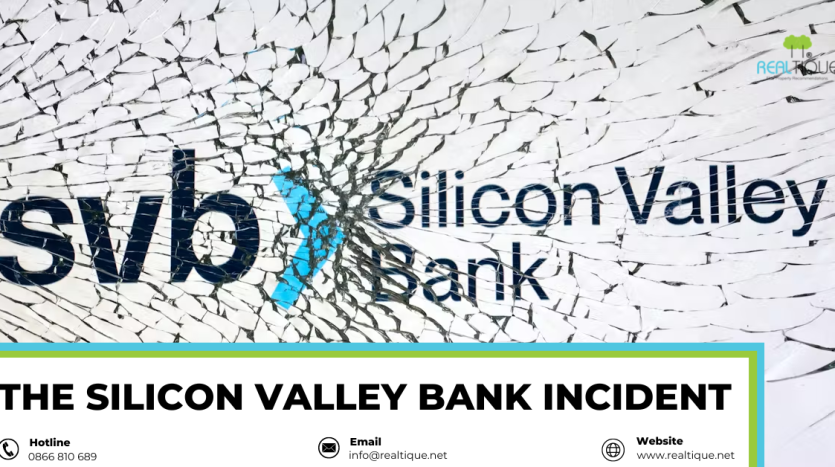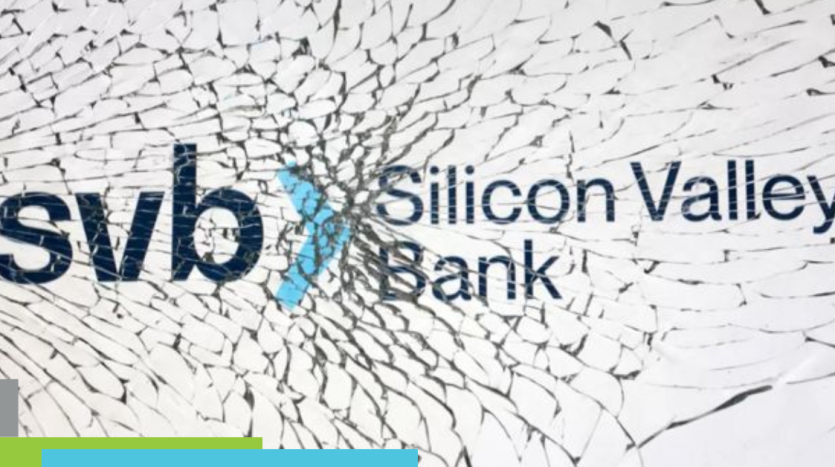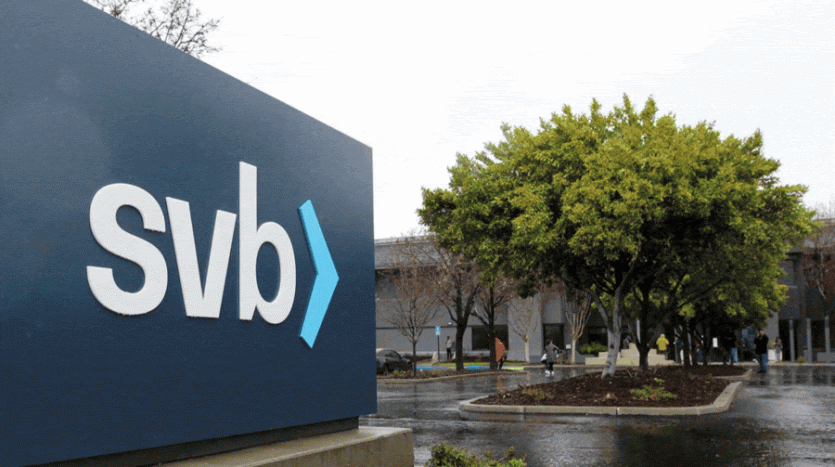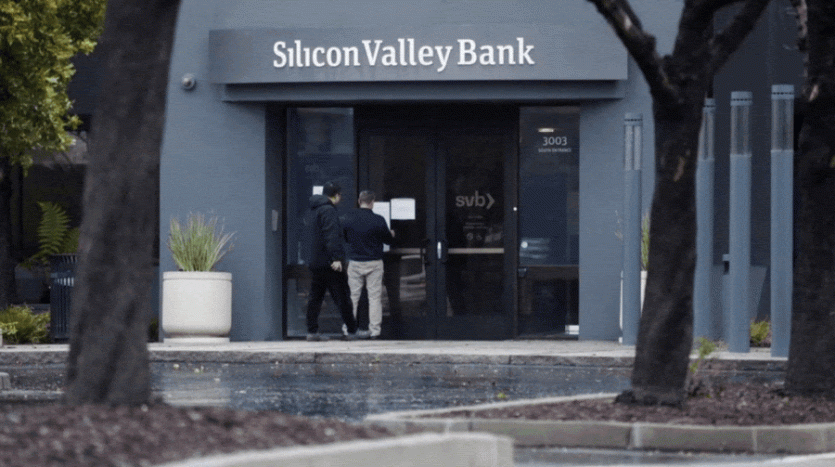The Silicon Valley Bank Incident
Amidst the myriad of opposing opinions and confusion surrounding the collapse of Silicon Valley Bank (SVB), I found solace in a detailed and objective analysis of the event by economic expert Can Van Luc, who referred to SVB’s bankruptcy as an “incident” meaning “an unusual and unexpected phenomenon.”
We would like to quote and translate from the Vietnamese article so that you can observe the issue from a more comprehensive perspective.
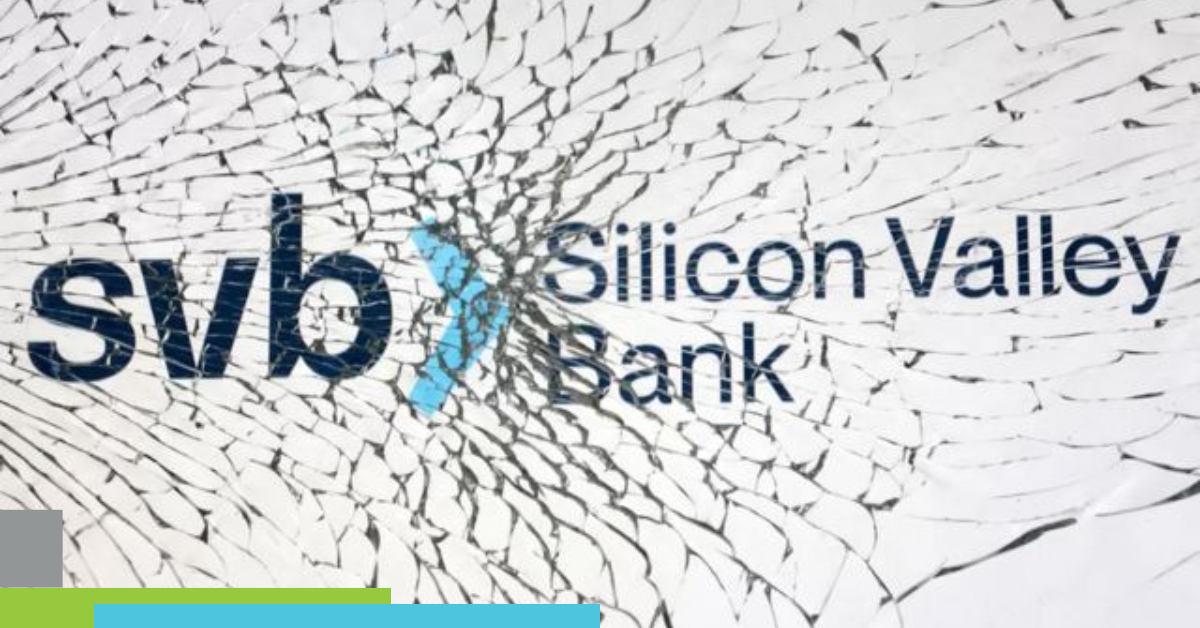
The Silicon Valley Bank Incident
After the news of the US Silicon Valley Bank (SVB) bankruptcy, I received many questions such as: why did this happen, is it similar to the global financial crisis that started in the US in 2008-2009? Is this incident likely to create a domino effect that spreads to the banking systems of the US, Asia, and Vietnam?
Quickly delving deep into this incident, combined with discussions with US analysts and accumulated experience, I was not surprised by the outcome of SVB.
SVB is a commercial bank operating throughout the US, with several branches overseas (Israel, Denmark, Germany, China…), established in 1983, specializing in lending to technology, healthcare, and startup businesses…, and the operating motto is “financial partner of the innovative economy”.
With the rapid development of technology on the innovative platform, the amount of deposits in this bank increased rapidly, from USD 60 billion in Q1/2020 to USD 175 billion by the end of 2022. SVB’s total assets at the end of 2022 were USD 212 billion (equal to half the scale of Vietnam’s economy).
The incident occurred very quickly, typical of a bank bankruptcy due to a lack of liquidity.
The incident began to explode on March 8th when SVB Financial Group – the parent company of SVB – announced a loss of $1.8 billion after selling $21 billion worth of securities and planned to issue an additional $2.25 billion in new shares to increase financial capacity and offset losses. The situation would not have been so bad if on that day, the credit rating agency did not downgrade SVB, leading to a 60% drop in the stock price on March 9th, along with some large hedge funds recommending companies in their investment portfolios withdraw money from SVB. On March 9th, customers rushed to withdraw their money (about $42 billion by the end of the day), despite the reassuring statements made by SVB’s leadership. On the morning of March 10th, SVB’s stock continued to drop by another 60% and was forced to stop trading.
This led the Federal Deposit Insurance Corporation (FDIC) to terminate SVB’s operations on March 10th and announce that insured depositors (which account for only about 13% of the total deposits of $175 billion) would be compensated online on March 13th. The remaining cases would receive partial advance payment of their deposits next week. Loan payments would still be made as per the contracts. Businesses and individuals without deposit insurance for funds exceeding the FDIC’s coverage limit may lose a significant amount of money if asset liquidation is not smooth.
Four Main Causes Leading To SVB’s Bankruptcy
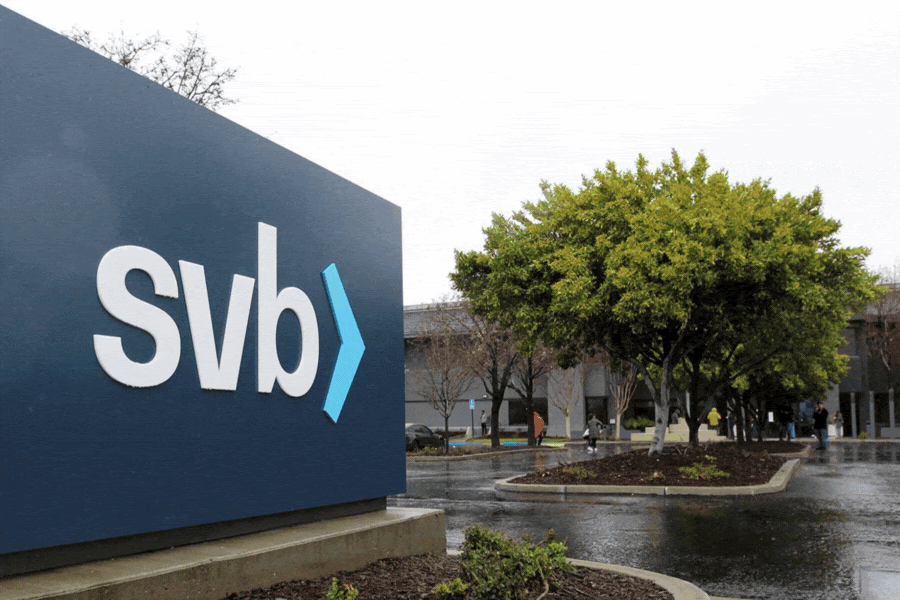
Firstly, the operating model has problems. SVB focuses too much on a few sectors, including technology, innovation, and healthcare services, which are high-risk areas with many rapid fluctuations when the economy adjusts, and growth has declined since early 2022.
Secondly, the operations are unsustainable. The main function of a commercial bank is to mobilize capital (mostly from deposits from the public, accounting for about 60-65%, and the rest from deposits from organizations and businesses) for lending (to most sectors and industries). However, SVB mainly receives deposits from technology companies and venture capital funds. These sources of funds are unstable, so when needed, businesses and investment funds withdraw to pay off their obligations. These deposits are usually not insured (mostly from organizations, not individuals), and when compensated, the amount is modest (up to $250,000 under current US law) compared to the amount of deposits for each customer (up to millions of dollars). This is also the reason why only about 13% of the bank’s deposits are insured.
Thirdly, there are issues with the ability to analyze, forecast, and manage risks. The origin of SVB’s bankruptcy event is seen as business operations, mainly bond trading, resulting in losses. Accordingly, from 2020 to 2022, with a sharp increase in customer deposits, SVB invested in government bonds, corporate bonds, and stocks secured by home loans, hoping for long-term low interest rates. However, with the Fed’s rapid interest rate hike to cope with inflation from early 2022, the value of these investments decreased sharply, discounted more, and caused losses. According to the 2022 annual report, SVB holds over $90 billion in bonds, although not revalued annually, it is estimated that the value is only about $76 billion and the unrealized losses amount to $15 billion. The use of a lot of short-term capital (from customer deposits) to invest in long-term ventures also shows how big the maturity mismatch risk and liquidity risk are.
At the same time, the rapid increase in interest rates caused the flow of investment into technology companies and startups to decrease, causing them to use their deposits at SVB to cover increasing expenses. SVB was forced to sell these bonds to have money to pay, but the more they sold, the more they lost, and they had to come up with a plan to issue more shares to make up for it. The unusually high demand for stock funding raised concerns for speculative investment funds, depositing companies, and they all simultaneously withdrew money.
Fourthly, the communication and handling of liquidity risks were not good, which not only failed to convince customers to keep their money but also caused more anxiety, making them withdraw money faster, and investors sold their shares, causing the stock price to plummet.
In addition, the recommendation of some large investment funds to withdraw money and the downgrade of SVB’s credit rating by Moody’s also added fuel to the fire.
The Bankruptcy Of SVB Has At Least Four Main Impacts
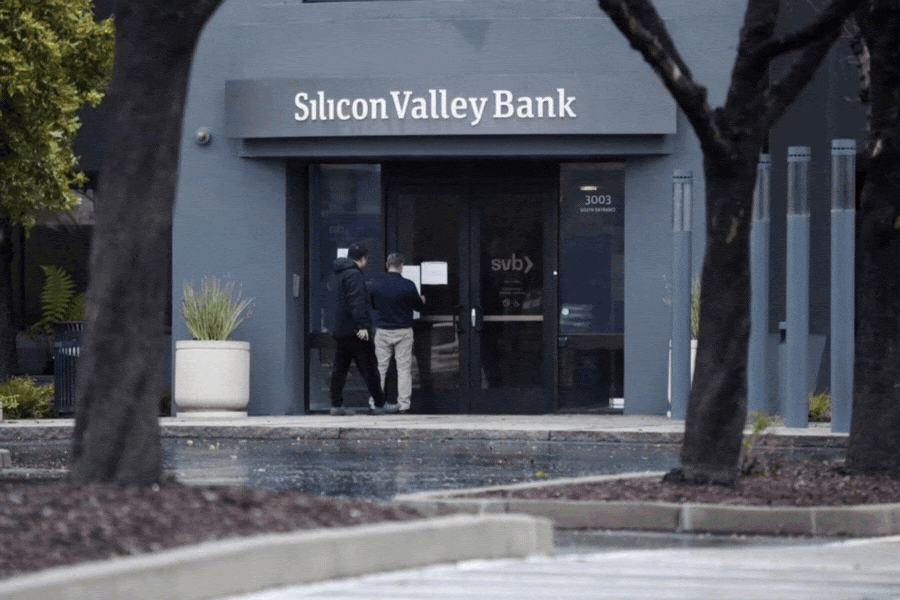
The first impact of SVB’s bankruptcy is on the depositors: customers with insured deposits will soon receive a maximum compensation of $250,000 from March 13th; uninsured deposits will have to wait for FDIC to sell assets and pay back later (a forecast suggests that they may recover about 80-85%). However, many customers, especially tech companies, will not have money to pay employees while waiting, which is something that US authorities are considering the possibility of “rescuing” by supporting these wages. The difficulty of cash flow and the need to lay off employees in the short and medium term for this sector will be even greater. This is also a challenge for the US economy in 2023.
Secondly, for the US financial market, the closure of SVB may be difficult to cause a widespread impact on the financial market as it has been intervened early by FDIC and SVB is a specialized bank, with a niche customer group, mainly operating in the US (except for a few branches in the UK, Germany, Denmark, Israel…). However, some smaller banks with a similar operating model have been and are being affected with declining stock prices, customer withdrawals, and credit quality issues… which are issues that US regulatory agencies are concerned with handling. This incident may also cause the Fed to review and slightly adjust its interest rate management plan in the near future.
Thirdly, for the global and Vietnamese financial markets, the SVB incident has had an impact, but not a significant one. The global stock market index has seen a slight decrease and short-term volatility. However, it may become more difficult for global technology companies and startups to raise capital and they may be viewed as more risky, resulting in higher interest rates.
Fourthly, the SVB incident may also affect the psychology of depositors and investors, making them more cautious and diversified, which has a positive aspect of making the market safer and healthier and less prone to bubbles. However, the impact will depend on the policies, actions, and solutions of the US authorities in the coming time.
What Are The Lessons To Be Learned Here?
Firstly, financial institutions and banks need to pay attention to both sides of their operations: growth within controlled risk, including diversification and management of major risks, as well as sustainable development.
Secondly, the financial market is highly sensitive and subject to strong crowd psychology effects. Therefore, transparency, market discipline, improving financial literacy among citizens and businesses, and effective communication are all very important.
Thirdly, although the market here is characterized by high volatility, the role, capacity, and effectiveness of supervisory agencies are also equally important. In the case of SVB, it is clear that the state banking supervisory agency did not provide timely warnings.
Fourthly, each country needs a financial safety net, paying attention to system risks, interconnectivity risks between banks, securities, real estate and the real economy. There should be crisis management mechanisms in place to enable quick, systematic and effective responses, and independent monitoring agencies should play a clearer role in deposit insurance.”
Reference: Can Van Luc, “Sự cố Silicon Valley Bank”, Vnexpress
Keep following for the latest financial and economic news from the market.
Realtique Co., LTD
+84866810689 (WhatsApp/Viber/Zalo/WeChat)


